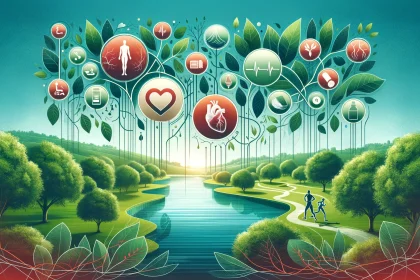First aid training is a great way to be prepared for emergencies. And did you know that the skills you learn through on site first aid training can help save your life and the life of others when an unexpected misfortune happens?
6 Lifesaving Skills You Could Learn From First Aid Training
Cardiopulmonary Resuscitation (CPR)
First, you should learn how to perform CPR from a first aid course.
CPR is restoring an adult’s heart and breathing after they have stopped breathing and are no longer breathing alone. It’s also known as cardiopulmonary resuscitation, or CPR for short.
There are two main types of CPR: the essential rescue breaths, which involves taking two breaths for every one breath that the victim takes, and the rescue breaths with compressions, which consist in giving five cycles of compressions followed by two breaths per cycle.
If you are performing CPR on someone unconscious or not breathing normally, you must check their airway by pressing hard on their chest while watching them exhale (a sign they’re alive). If they don’t respond, push harder until they do respond.
The next step is to start chest compressions: pumping up and down on your partner’s chest at least 100 times per minute until paramedics arrive or until help arrives in person. It can take anywhere from 3 minutes to 30 minutes.
Obstructed Airway Management
The most important thing to remember about obstructed airways is that it is a medical emergency. The only way to manage an obstructed airway is by using a bag mask, allowing you to breathe while clearing the obstruction.
The second most important thing to remember about obstructed airways is that it is essential to know what kind of obstruction may be present and how it should be treated. There are many different obstructions, each requiring a specific treatment method.
If you want to learn more about this skill and get certified, consider first aid training classes at Sheffield First Aid Courses and become an emergency medical technician. You’ll learn several lifesaving skills in no time that could save your life and the life of others.
Basic Wound Care
It can be easy to forget that simple things like bandaging a wound can make all the difference when you’re in a life-or-death situation. And yet, it’s so easy to get distracted and forget what you know when you’re in a crisis.
But if you practice these simple skills today, they’ll be with you when the next time you find yourself in an emergency.
Use sterile dressing materials: Always keep your wound clean and dry, so use sterile dressings whenever possible. If no sterile dressing is available, use gauze or pure fabric that’s not torn or dirty.
Dress wounds as soon as possible: When dressing a wound, wrap it loosely around the skin until it’s covered entirely. Then use tape to hold everything in place securely until it heals naturally. But never leave anything on for more than 72 hours if an infection develops.
Bleeding Control
Bleeding control is a lifesaving skill. In the event of an accident, it can mean the difference between getting help and bleeding to death.
If you’re in an emergency with bleeding, you must know how to stop it. You should have basic knowledge about wound care, but you also need to understand how to control bleeding by applying pressure, using tourniquets, or using direct pressure on a wound.
First aid training will teach you all these skills to be ready for anything.
Burns Treatment
Burns treatment is a complicated subject, but it’s also imperative. Burns can lead to devastating complications, so knowing how to treat them effectively is essential.
Here are some things you will learn when you take first aid training, you’ll know that:
- Burns can be classified by type (superficial, partial, full thickness) and degree of damage (first, second, and third degree).
- First-degree burns are usually treated with cold compresses and gentle rubbing until they heal.
- Second-degree burns require care in addition to first aid measures. They should be treated with cold compresses and gentle rubbing, then covered with sterile dressings until they heal.
- Third-degree burns require immediate medical attention because they are life-threatening.
Poison Prevention and Ingestion Treatment
Poison prevention is critical in any emergency because it helps avoid accidentally taking poison. Poisons are everywhere: they can be found in plants, on the ground, in water, or even in food. Some common examples of toxins include antifreeze, alcohol, and pesticides.
Ingestion treatment is another skill you can learn from first aid training that could save your life. Ingestion treatment means treating injuries caused by ingesting something toxic. This type of injury usually occurs when someone swallows something poisonous accidentally.
Lifesaving Skills You Could Learn From First Aid Training
Hopefully, this article has inspired you to seek out some lifesaving skills. Whether they directly apply to your work or something you want to know as a matter of general knowledge, you should never pass up a chance to expand your repertoire.
Whether it’s first aid training or anything else, take advantage of opportunities to learn more about the world around you. Who knows? Something you learn may even save someone’s life.

